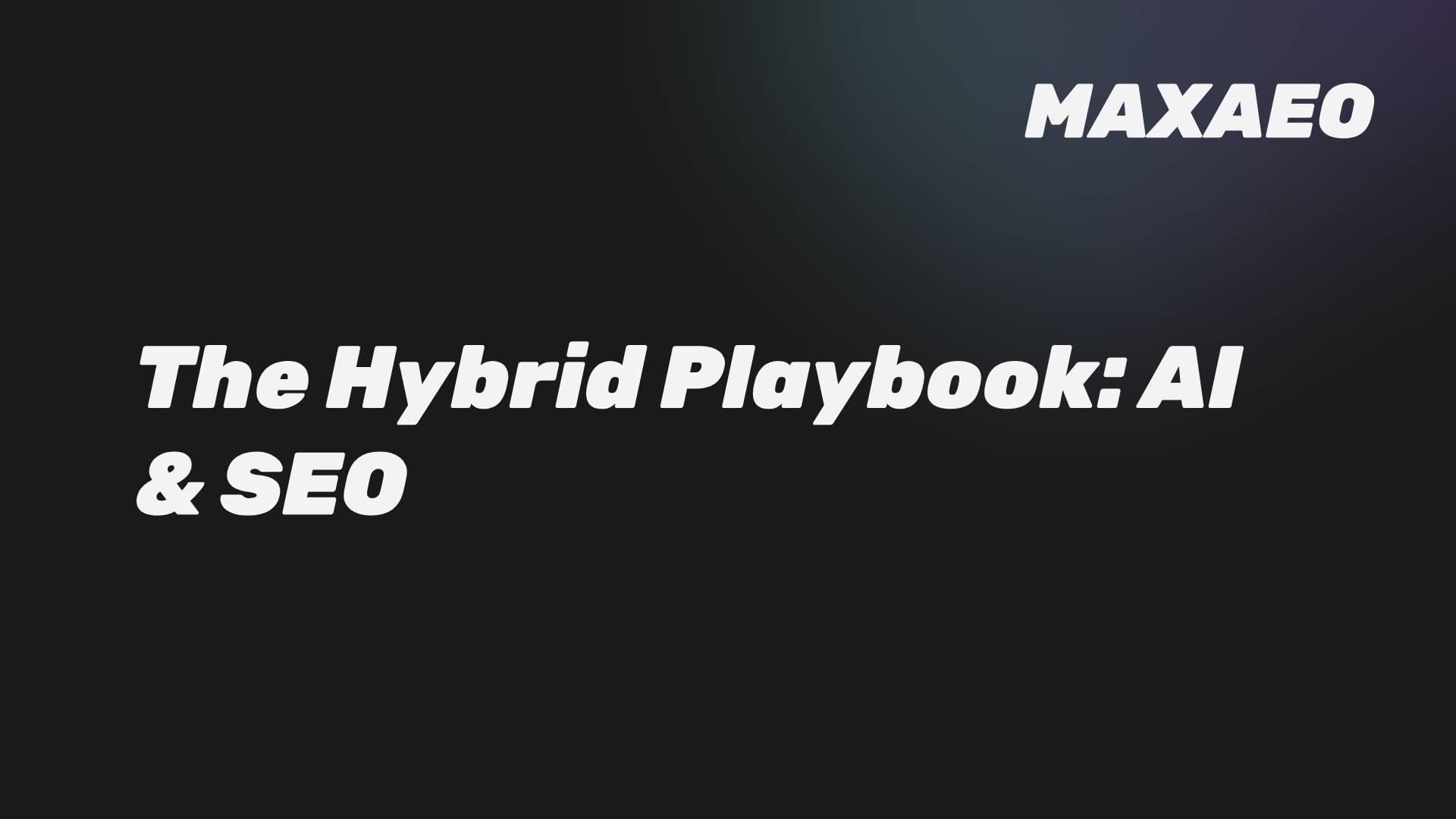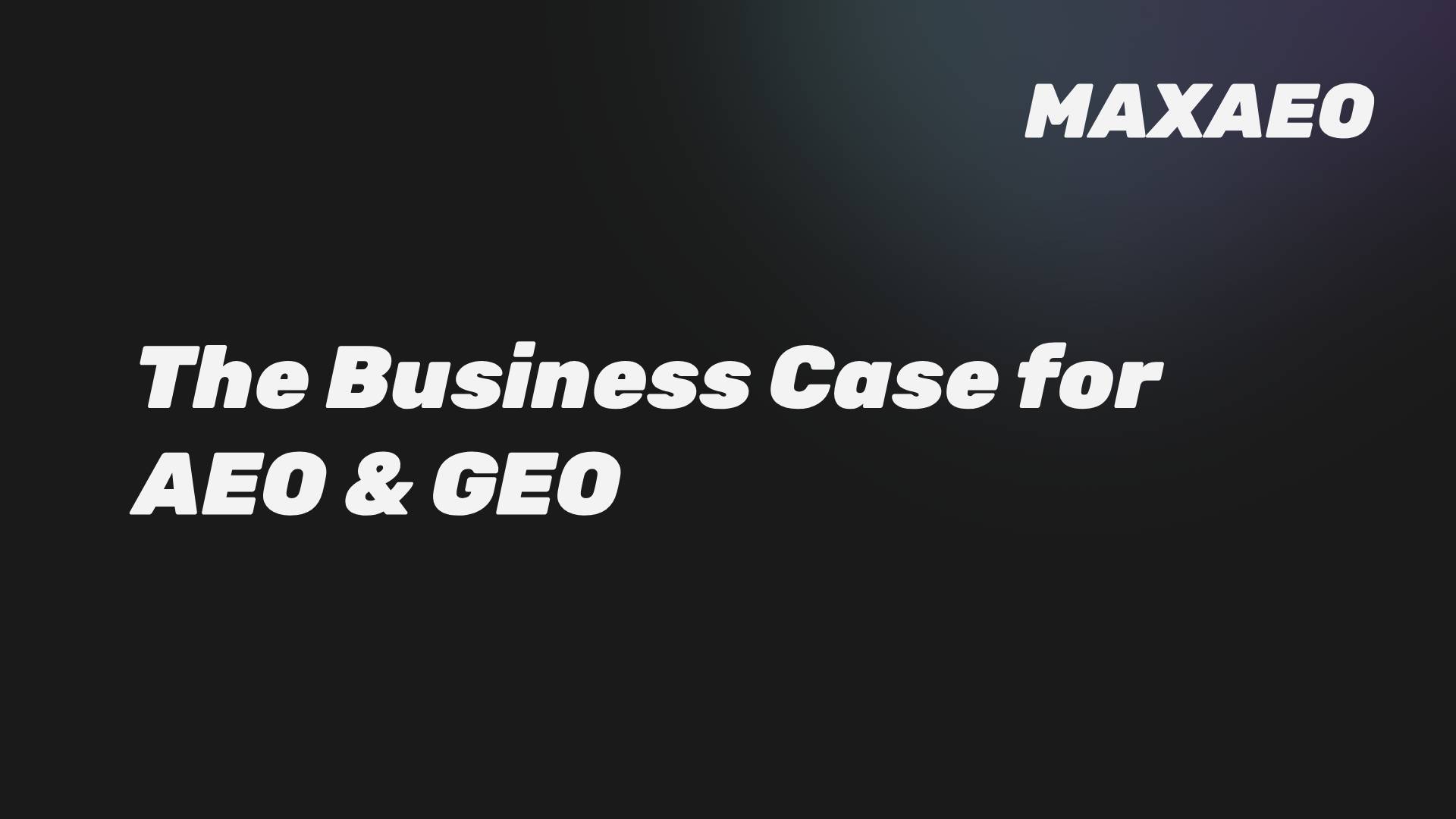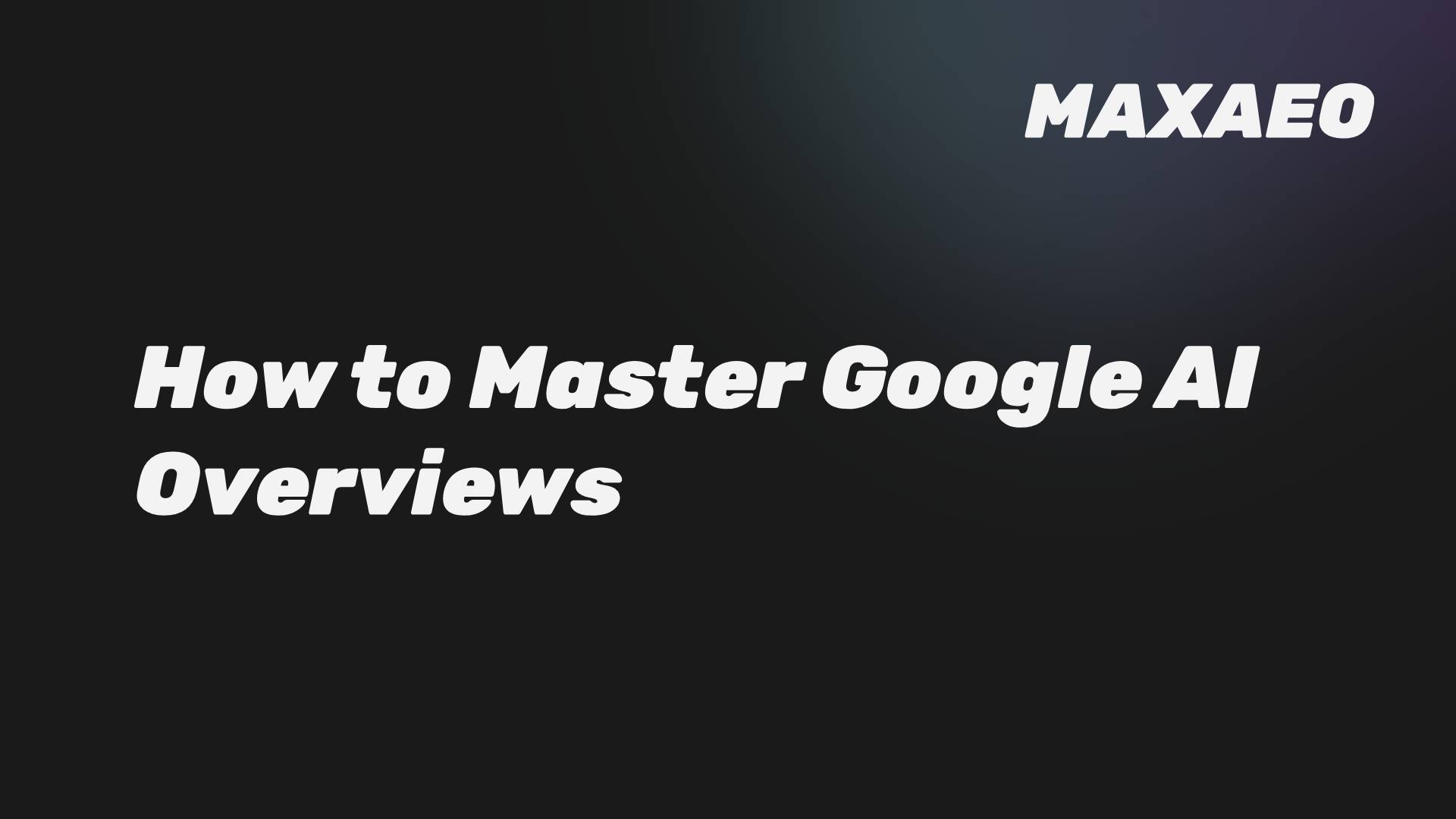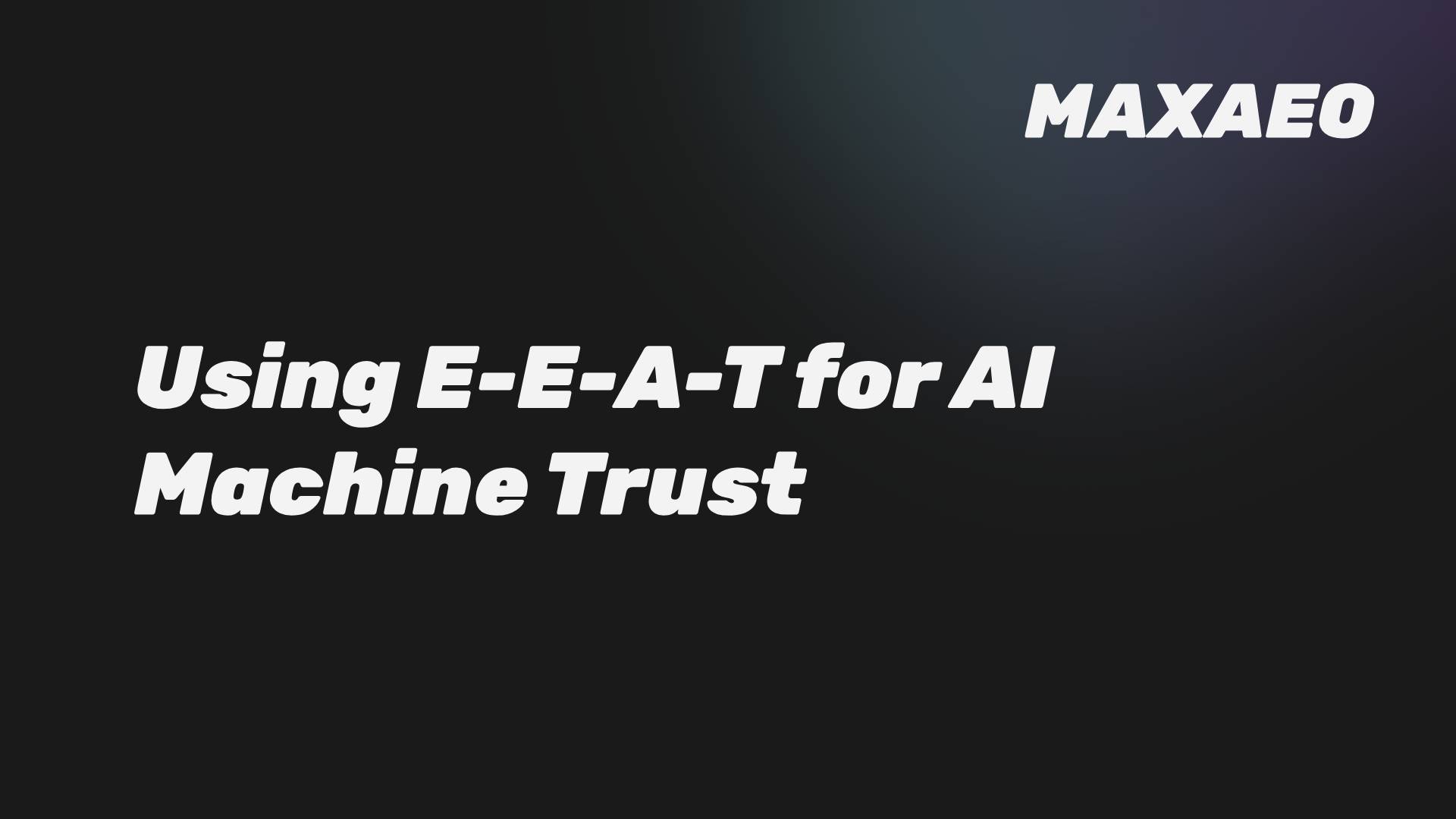· Anton Grant · AI Optimization · 4 min read
AI Response Tracking: A B2B Leader's Guide to Monitoring
A strategic guide for B2B leaders. Your brand's AI presence is unmanaged. Learn the 4-step process for tracking AI responses to manage risk, measure performance, and optimize your visibility.
Your brand’s performance in Artificial Intelligence (AI) search is a black box, and what you don’t know is actively creating risk. While your teams monitor traditional Search Engine Optimization (SEO), a new, more influential conversation about your brand is happening inside AI platforms, and you have no visibility into it.
This guide provides a clear, strategic framework for B2B leaders on AI Response Tracking. It is a playbook for establishing a systematic monitoring process, a critical business function for managing brand reputation, measuring the performance of your AI optimization efforts, and making data-driven decisions in the new search landscape.
Why is AI Monitoring a Non-Negotiable Business Function?
AI monitoring is a non-negotiable function because you cannot manage what you do not measure. Without a systematic process for tracking your brand’s presence in AI-generated answers, you are flying blind in a channel that is increasingly shaping your customers’ perceptions and purchase decisions.
This lack of visibility exposes your business to significant risks:
- Unmanaged Reputational Risk: AI models can and do generate inaccurate, outdated, or negative information about brands. Without monitoring, these issues can persist and spread, eroding customer trust.
- Ineffective Strategy: You cannot know if your Answer Engine Optimization (AEO) and Generative Engine Optimization (GEO) efforts are working without data on their impact.
- Ceding Ground to Competitors: Competitors who are actively monitoring and optimizing their AI presence are gaining a significant and compounding advantage in visibility and authority.
What is the 4-Step Framework for AI Response Tracking?
An effective AI response tracking program is a continuous, cyclical process. It provides the data and insights necessary to move from a reactive to a proactive stance in managing your AI presence.
Step 1: Establish Your Monitoring Universe
First, define the scope of what you will track. This is the foundation of a focused and efficient monitoring program.
- Select Key Platforms: Identify the AI platforms most relevant to your B2B audience. This should include major engines like Google AI Overviews, ChatGPT, and Perplexity.
- Define Core Prompts: Develop a comprehensive set of prompts that cover your brand, products, key use cases, and high-level market topics. These prompts are the basis of your tracking.
Step 2: Implement a Specialized Monitoring Tool
Manual tracking is not scalable or reliable. You need a specialized AI search monitoring platform to systematically query the AI engines and collect data.
These tools automate the process of tracking hundreds of prompts across multiple platforms, providing a centralized dashboard for the new KPIs of AI search.
Step 3: Analyze the Data Through the Lens of Influence
Once the data is collected, your team must analyze it to extract strategic insights.
- Benchmark Your AI Share of Voice: Measure your visibility against your direct competitors for your core topics.
- Audit for Accuracy and Sentiment: Systematically review the answers for factual inaccuracies and analyze the overall sentiment.
- Identify Citation Patterns: Determine which of your content assets—and which third-party sources—the AI trusts and cites most frequently.
Step 4: Integrate Insights into an Actionable Feedback Loop
The final step is to turn your analysis into action. The insights from your monitoring program should directly inform your AEO and GEO strategies.
- Correct Inaccuracies: If you find errors, launch a targeted campaign to update the source material or create new, authoritative content to correct the record.
- Double Down on What Works: If you discover the AI consistently cites a specific whitepaper or blog post, amplify that content and create similar assets.
- Close Competitive Gaps: If a competitor is dominating the conversation on a key topic, make it a strategic priority to build your authority and content on that topic.
How Often Should We Monitor Our AI Presence?
AI response tracking must be an ongoing process. The AI landscape is dynamic, with model updates and shifts in the information ecosystem causing answers to change frequently.
We recommend a cadence of:
- Weekly Monitoring: For your most critical, high-value brand and product prompts.
- Monthly or Quarterly Audits: For your broader set of market and topic-level prompts.
This consistent rhythm allows you to catch significant changes quickly while still maintaining a strategic, long-term view of your performance.
Conclusion
In the age of AI, brand management has become a data-driven, technical discipline. Hope is not a strategy. You cannot afford to be unaware of the conversation that is happening about your brand inside AI platforms.
By implementing a systematic AI response tracking program, you are establishing a critical business function that allows you to manage risk, measure the effectiveness of your strategy, and build a durable competitive advantage. This is how you move from being a subject of the algorithm to an active participant in shaping your brand’s future.
To turn AI disruption into your advantage, let’s talk possibilities.



